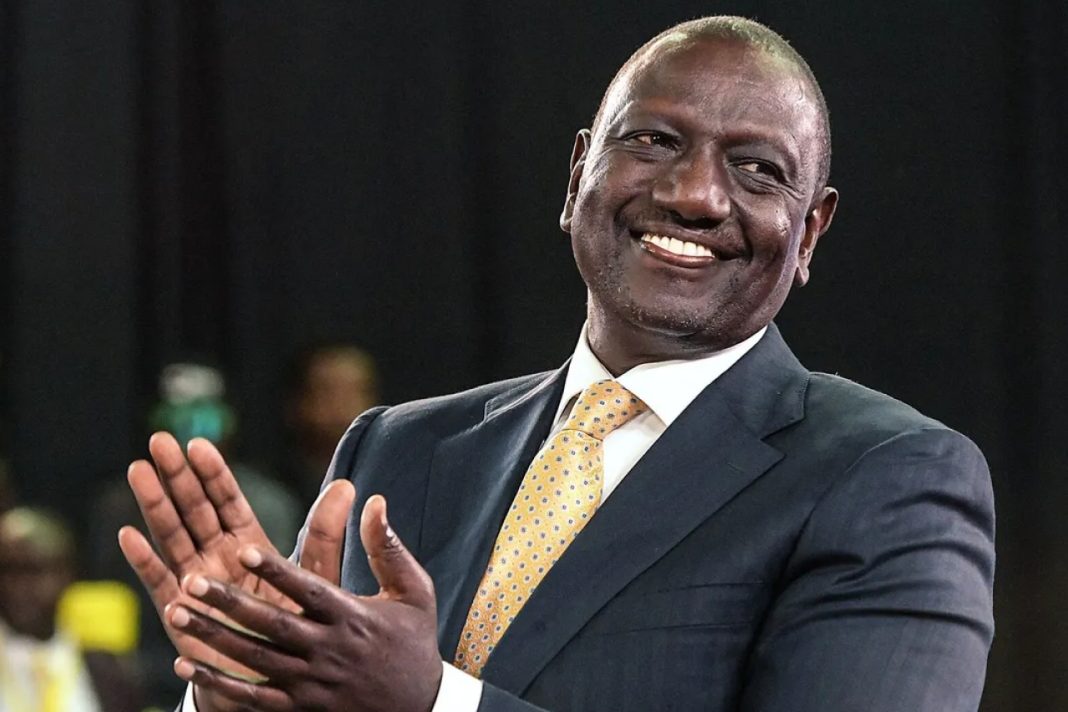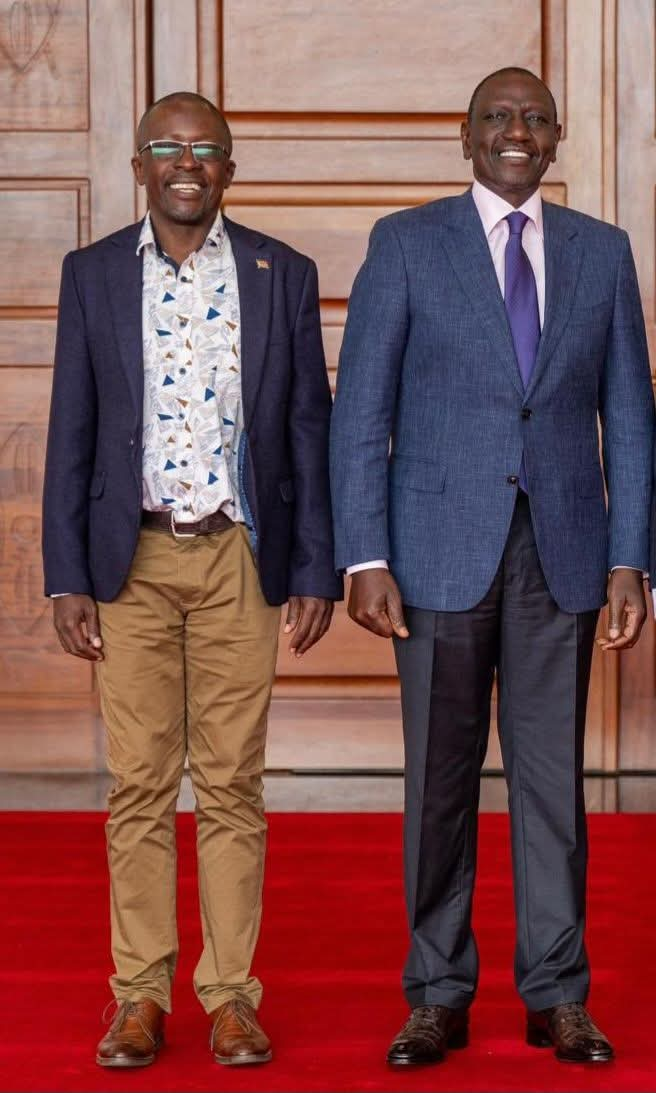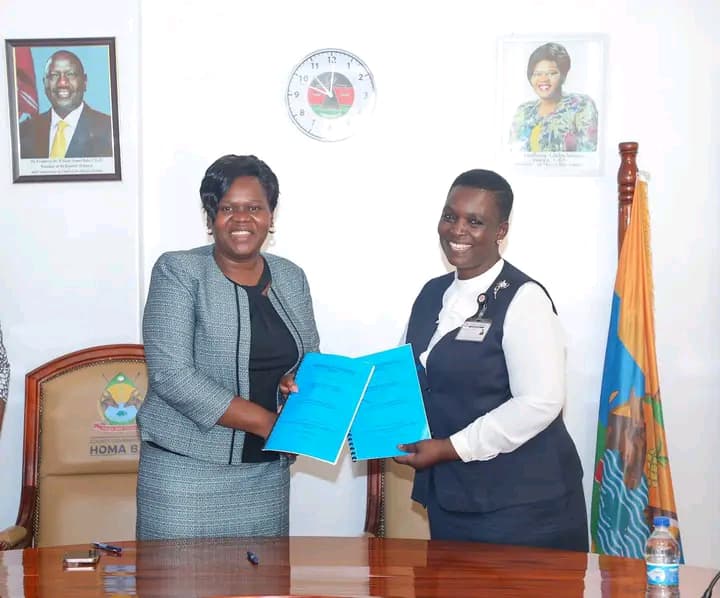By Remmy Butia
President William Ruto’s administration, which took office in September 2022, has faced significant challenges and opportunities that will shape Kenya’s trajectory leading up to the next elections.
My analysis tends to examine the performance of Ruto’s government across key areas including economic management, political stability, social cohesion, and governance reforms, while assessing whether there’s genuine hope for Kenya’s future.
Political Landscape and Coalition Stability, President Ruto’s path to re-election in 2027 appears increasingly precarious due to mounting political challenges.
The ruling Kenya Kwanza Alliance has experienced significant fractures, with key partners like Ford Kenya refusing to dissolve into Ruto’s United Democratic Alliance (UDA).
National Assembly Speaker Moses Wetang’ula’s Ford Kenya recently resolved to maintain its independence, rebrand as a youth-friendly party, and field candidates in upcoming by-elections – a direct challenge to UDA’s dominance.
The political landscape has been further complicated by:
The impeachment and subsequent fallout with former Deputy President Rigathi Gachagua, which has strained relations with the critical Mt. Kenya voting bloc –
The emergence of the Democratic National Alliance (DNA) party by former Musalia Mudavadi allies threatened UDA’s influence in Western Kenya.
Opposition efforts to unite behind a single candidate, with figures like Kalonzo Musyoka, Martha Karua, and Eugene Wamalwa vowing to front a joint challenger.
Political analyst Prof. Gitile Naituli notes that while incumbency provides structural advantages, Ruto faces “several significant stumbling blocks that could undermine his bid if not addressed deftly and strategically”.
The ‘Ruto Must Go’ movement and calls for a one-term presidency have gained traction, particularly among youth and opposition leaders.
Economic Management and Fiscal Challenges, The Ruto administration’s economic policies have been a source of promise and profound public discontent.
While macroeconomic indicators show some positive trends -with GDP growing at 5.6% in 2023 and inflation falling to 2.8% by November 2024 – the government’s fiscal approach has sparked widespread protests.
Key economic developments include:
Controversial Taxation Policies: The proposed Finance Bill 2024, which included numerous new taxes, triggered nationwide youth-led protests that resulted in at least 39 deaths and forced Ruto to withdraw the legislation.
This created a $2.7 billion budget hole that the government plans to address through spending cuts (177 billion shillings) and increased borrowing (169 billion shillings).
Austerity Measures: Ruto announced drastic cuts, including dissolving 47 state corporations, reducing government advisers by 50%, suspending non-essential travel, and eliminating budget lines for presidential spouses.
While framed as necessary reforms, these measures risk further slowing economic activity. Debt Concerns: Kenya’s debt stands at over 70% of GDP, with Ruto ordering a forensic audit. The budget deficit is projected to rise to 4.6% of GDP in 2024/25 from an earlier 3.3% estimate, raising concerns about debt sustainability.
Despite these challenges, Ruto has projected optimism about economic reforms bearing fruit in 2025, promising stronger performance, more youth jobs, and higher farmer incomes.
The Kenyan shilling has strengthened significantly from 165 to 129 against the dollar between February and December 2024, and foreign exchange reserves have increased to $9.5 billion (five months of import cover).
Governance and Public TrustPublic trust in the Ruto administration has been severely tested by several governance crises:
1. Police Brutality: The violent response to anti-tax protests, including alleged abductions of activists, has drawn international condemnation. One activist, Osama Otero, described being taken by plainclothes officers at 3 a.m., blindfolded, and questioned. Ruto later apologised for such incidents but maintains that the protests were “hijacked by criminals”.
2. Corruption Allegations: Critics accuse the government of systemic corruption, with former officials like Rigathi Gachagua and Justin Muturi claiming public funds left by the Kenyatta administration have been misappropriated. The perception of corruption undermines public willingness to accept tax increases
3. Cabinet Reshuffles: Ruto’s dismissal and subsequent partial reinstatement of his cabinet (with 6 of 11 proposed ministers from the old team) has been viewed as insufficient reform by many Kenyans who expected a complete overhaul
Political analyst Dismas Mokua argues that Ruto needs to “abandon strategic visibility and embrace strategic communications” to better highlight his administration’s achievements and rebuild trust
Social Unrest and Youth Discontent
The Gen Z-led protests of 2024 represent perhaps the most significant challenge to Ruto’s leadership.
What began as opposition to tax policies evolved into a broader movement demanding governance reforms and even Ruto’s resignation.
This youth uprising—unaffiliated with traditional opposition structures – has created a volatile political dynamic that could reshape Kenya’s political landscape before the next elections.
Key factors driving youth discontent include:
High unemployment rates and limited economic opportunities
Perception of government insensitivity to public suffering- Frustration with political elites and demand for accountability
Digital mobilisation capabilities that bypass traditional political structures
Ruto has attempted to engage with youth through platforms like his X (Twitter) Space forum, but scepticism remains high.
The protests have demonstrated the potential power of this demographic to influence national politics outside conventional party frameworks.
Reform Agenda and Development Promises.
Despite these challenges, the Ruto administration has advanced several policy initiatives that could deliver tangible benefits if effectively implemented:
1. Universal Healthcare: The Taifa Care program aims to reduce medical costs through an inclusive public healthcare system.
2. Agricultural Reforms: Subsidised fertiliser distribution and productivity enhancements seek to boost food security and farmer incomes.
3. Education Reforms: Changes in basic and higher education are expected to “bear fruit, providing new momentum” for the sector.
4. Infrastructure Development: Projects like the Talanta Sports City have shown progress, with Ruto expressing satisfaction at construction advances.
However, critics like Alexander Chagema argue that Ruto may be deliberately creating despondency now to later “present himself as the messiah we have all been waiting for” as elections approach.
This theory suggests current hardships could be part of a calculated strategy to lower expectations before dramatic pre-election improvements.
Prospects for Kenya Before the Next ElectionsKenya stands at a crossroads with both significant challenges and opportunities in the period leading up to the next elections (potentially as early as 2026 if opposition figures like Jimi Wanjigi succeed in pushing for early polls ).
The country’s prospects hinge on several key factors: Reasons for Hope:
Strong macroeconomic fundamentals, including GDP growth, inflation control, and shilling stability
Potential for agricultural and manufacturing sector expansion
Youth engagement in governance issues creates pressure for reform
Continued democratic resilience despite tensions
Significant Challenges:
Political fragmentation within Kenya Kwanza and growing opposition unity
High debt levels and constrained fiscal space
Deep public distrust exacerbated by protest violence and alleged rights abuses
Unmet expectations in critical areas like employment and services
The coming months will be crucial in determining whether Ruto can stabilise his administration, deliver visible improvements in living standards, and rebuild fractured political alliances.
As Prof. Naituli notes, Ruto still has opportunities to “rebuild his Mt Kenya support, choose to stabilise his Kenya Kwanza coalition… deliver economic wins, and shape the narrative to control the ground.”
Ultimately, Kenya’s hope before the next elections depends on the government’s ability to transition from crisis management to delivering inclusive growth, while opposition actors must demonstrate they can offer a credible alternative.
The resilience of Kenya’s institutions and civil society, combined with an engaged citizenry, provide grounds for cautious optimism – but the path forward remains fraught with both political and economic uncertainties.




